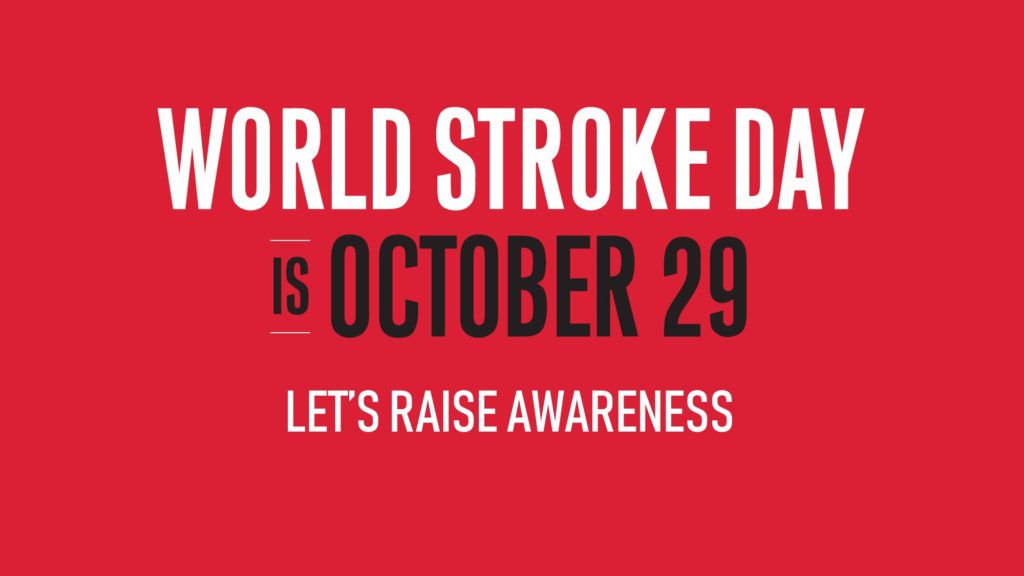29th of October is recognized as World Stroke Day and here are a few facts about this medical event. Seniors and caregivers can help raise awareness by sharing this info with all of their friends and family.
Around 80 million people living in the world today have experienced a stroke and over 50m survivors live with some form of permanent disability as a result. [World Stroke Organization] Though the life after stroke won’t be the same but with better care and awareness, a better and meaningful life is still possible.
While the impact of stroke will be different for everyone. On World Stroke Day, we want to focus in raising awareness on stroke and how one can be determined to keep going on the recovery journey.
Know the warning signs of stroke
Every minute counts, when someone is suffering from a stroke. Knowing the warning signs may save someone’s life.
Symptoms include:
- Confusion
- Problem in speaking
- Vision trouble
- Dizziness
- Sever headache
- Face, arm, or leg weakness, especially on one side of the body
It’s very important to summon medical help as soon as you begin to recognize the signs of stroke.
Usually strokes are Ischemic Strokes
According to the CDC, about 87 percent of all strokes that occur are ‘ischemic strokes.’ It occurs when the brain is deprived of blood flow, due to a blockage in blood vessels.
Risk factors that are genetic
Chances of suffering a stroke increase when certain hereditary factors are present. Race and ethnicity are two such factors. African Americans, Hispanic, and Asian/Pacific Islanders have a higher risk of stroke than Caucasians. Other factors include:
- Family history
- Previous stroke
- Patent Foramen Ovale or a hole in the heart
- Fibromuscular Dysplasia (FMD)
Risk factors that can be controlled
Generally two kinds of risk factors can be controlled, (1) medical risk factors (2) lifestyle risk factors.
Controllable medical risk factors
- High blood pressure
- Diabetes
- High cholesterol
- Atrial fibrillation (AFIB)
- Circulation problems
- Carotid artery disease
Controllable lifestyle risk factors
- Unhealthy diet and eating habits
- Excess intake of sugar, saturated fats, sodium and alcohol
- Physical inactivity
- Smoking
Risk factors that increase with Age
It’s pretty obvious, our chance of having stroke increases as we age. After the age 55, the risk doubles every ten years and the consequences can be life changing.
Stroke – there’s treatment if you act FAST
It is always advisable to take stroke patients to the hospital within four to five hours of the onset of symptoms. But most people wait for six to 24 hours after experiencing the first symptoms of a stroke. This is unacceptable, because the treatment they receive at later moment is is just for secondary prevention and can not rapidly reverse the ongoing/acute damage due to impaired blood flow since their brain has already suffered irreparable damage.
With intravenous treatment within 4.5 hrs window or with mechanical thrombectomy within 6 hr window, ongoing ischemic insult can be halted and partially reversed.
Helping raise stroke awareness on this day & every day
Now we are aware of the risk factors and symptoms for stroke, share this with others. This will enable everyone to learn and act for the early warning signs that might indicate a problem & help mitigate controllable risk factors.

